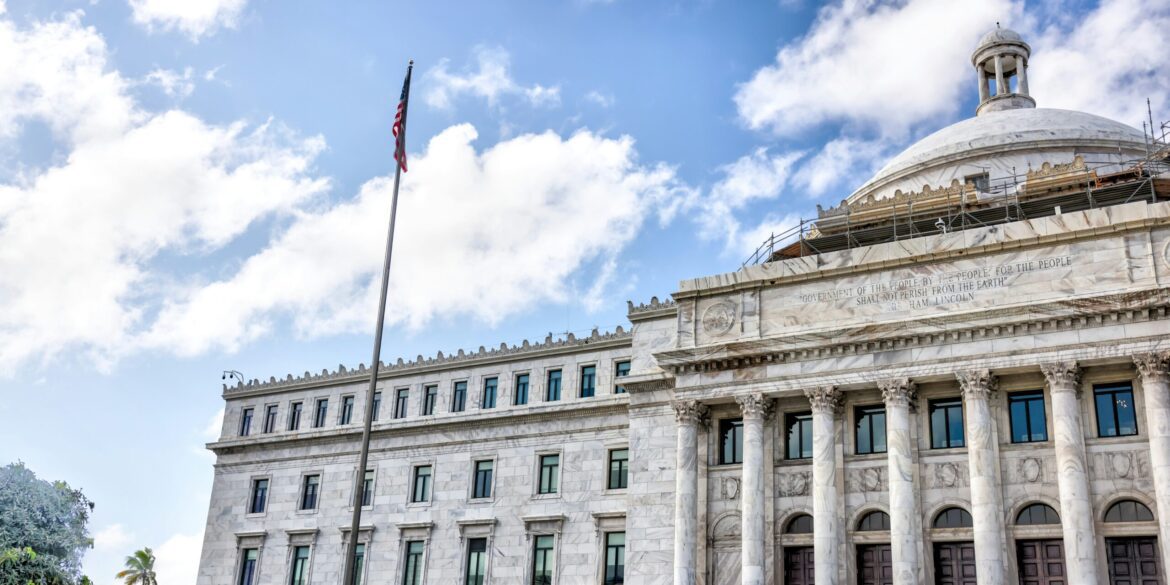In a pivotal address at the Jackson Hole Economic Symposium, Federal Reserve Chairman Jerome Powell indicated that the central bank might consider implementing interest rate cuts in the near future. Powell’s comments centered on growing concerns over the slowing labor market, along with the potential risks these developments pose to employment across the country. His speech signaled a shift in the Federal Reserve’s approach, which had been more focused on tightening monetary policy in recent months to curb inflation. The possibility of interest rate cuts, following Powell’s dovish tone, has sparked significant reactions in global financial markets, with stock indices around the world reaching record highs.
The key factor behind Powell’s remarks was the emerging signs of a weakening labor market. Recent reports have suggested a slowdown in hiring, with fewer job openings and a more cautious outlook from employers. While the labor market has remained relatively strong in the past, Powell’s speech highlighted the growing concern that a prolonged slowdown could eventually affect overall economic growth and undermine employment stability. These concerns come amid ongoing inflation pressures, which had previously led the Federal Reserve to pursue higher interest rates to control rising prices.
In his speech, Powell made it clear that the Fed is closely monitoring these economic indicators, particularly the labor market, as they determine the appropriate policy path moving forward. While inflation remains a key concern for the central bank, Powell emphasized that the risks to employment growth and the broader economy must also be considered. This shift in focus from inflation control to economic stability has led analysts to predict that the Federal Reserve may soon take action to ease some of its policies, potentially cutting interest rates in the coming months.
Read Also: https://democratdigest.com/youth-skills-training-is-key-to-equitable-economic-growth/
The market has reacted strongly to Powell’s comments, with major stock market indices around the world reaching new record highs. Investors have quickly priced in the likelihood of a quarter-point rate cut in the September Federal Open Market Committee (FOMC) meeting. According to market expectations, there is now a 90% chance that the Fed will lower rates in an effort to provide additional support to the economy. The anticipation of a rate cut has fueled optimism among investors, who see the potential for renewed economic growth and further market gains.
This shift towards a more dovish stance by the Federal Reserve is a significant development, as it represents a change from the hawkish approach the central bank had taken in the fight against inflation. The Fed’s previous interest rate hikes had been intended to cool down the economy and reduce inflationary pressures, but the slowing labor market has raised concerns about the broader impact of these policies. By considering rate cuts, the Fed could provide a boost to borrowing and investment, which may help counteract any further economic slowdown.
However, the central bank’s decision will not be an easy one. Lowering interest rates could risk reigniting inflation, which has remained persistently high in recent months. The Fed must carefully balance the need to stimulate economic activity with the potential for inflationary pressures to rise again. The uncertainty surrounding global economic conditions, including potential geopolitical risks and economic slowdowns in other parts of the world, further complicates the decision-making process.
For now, investors remain focused on the possibility of rate cuts, with many hoping that the Fed’s actions will provide the necessary support to sustain the current economic recovery. The coming months will be critical, as the Federal Reserve faces mounting pressure to navigate the delicate balance between fostering economic growth and ensuring inflation remains under control.

